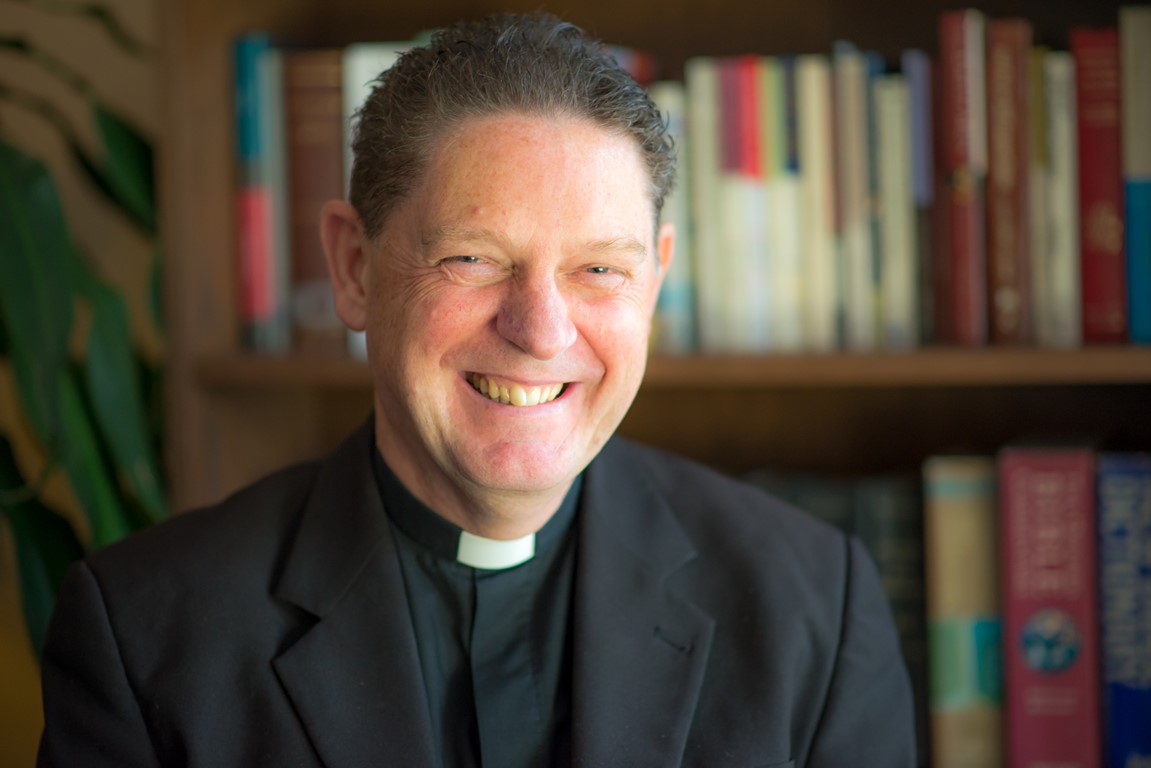'Now the green blade riseth from the buried grain'

During this special season, Revd Simon Griffiths, Canon Precentor, reflects on Easter, on gardens and on eternal hope…
On one of my favourite walks in the locality we come across a very large tree that has been uprooted and is lying on its side, its roots clearly visible, having been torn from the earth during a fierce storm. It is a very sad sight. What is fascinating about this tree however is that, despite its uprootedness and apparent death, it nevertheless sprouts new leaves each year and is a living and indeed thriving tree - although not in the way we would ordinarily imagine.
The gospels tell us that they laid Jesus in a tomb which was a newly hewn out cave in which no-one had previously been laid. The tomb was in a garden. Gardens traditionally speak to us of the natural life cycle. There is Winter when all in the garden seems to have died; there is Spring where resurgence occurs and all the plants that lay dormant suddenly spring into life. Then comes Summer when the plants come into flower and are at their best, before the inevitable Autumn comes when the leaves on plants and trees turn beautiful colours before they drop off in the wind and Winter comes and all seems to have died again only for the cycle to repeat itself again and again.
It is no accident that at Christmas-time we bring trees and holly and ivy into our homes to decorate them. The Christmas Tree might indeed have been made popular in this country by Prince Albert, husband of Queen Victoria, but the tradition is of a much more ancient origin. The trees and the evergreens are used as Christmas decorations to show that, in the midst of Winter, when all seems dead and hopeless, that there is the hope of eternal life. Christmas and Easter are intrinsically linked with the common message of birth and re-birth (resurrection). It is all part of the same narrative.
Perhaps it is no accident that Jesus rose from the tomb in a garden. If gardens speak to us of resurgence and new life each Spring, then it says something of God’s loving purpose for his Son and for each and every one of us. It was in the garden that Mary Magdalene encountered the risen Christ, although in his resurrected state she was unable at first to recognise him.
Gardens are tranquil places and many people often say that they are peaceful and places for contemplation and reflection. If Mary Magdalene encountered God’s loving purpose of resurrection and new life, then gardens too should be occasions for us to encounter God’s purpose and remind us that, even in the darkest moments of despair that there is hope, and that even in the shadow of death, there is to be new life.
One of my favourite hymns at Eastertime with words by John Macleod Campbell Crum speaks of this hope using the analogy of nature as a sign that God raised Jesus from death and indeed will raise us too when we will experience our resurrection in Christ.
‘Now the green blade riseth from the buried grain,
Wheat that in dark earth many days has lain;
Love lives again, that with the dead has been:
Love is come again,
Like wheat that springeth green.’
I hope that you have a happy and blessed Easter.

